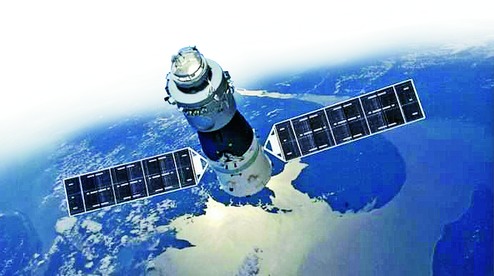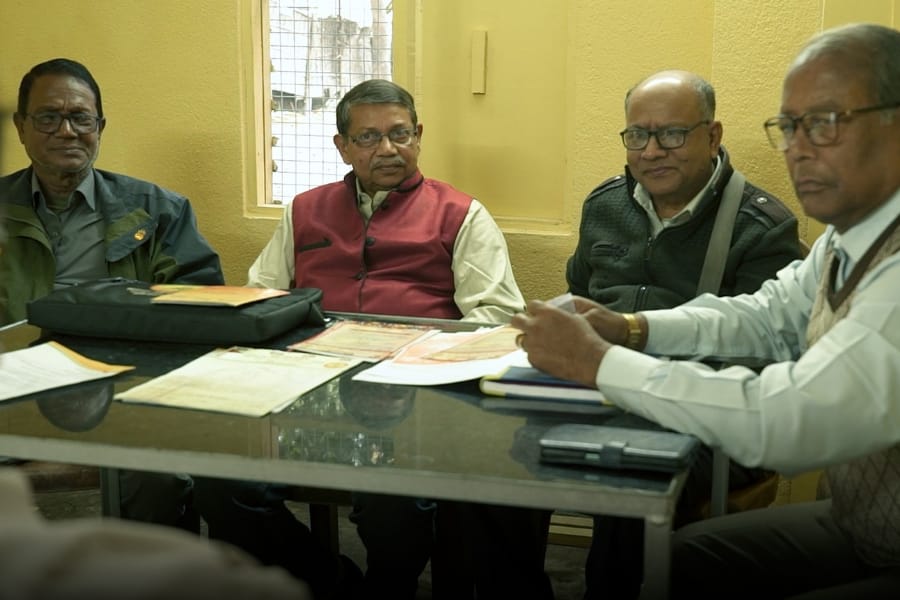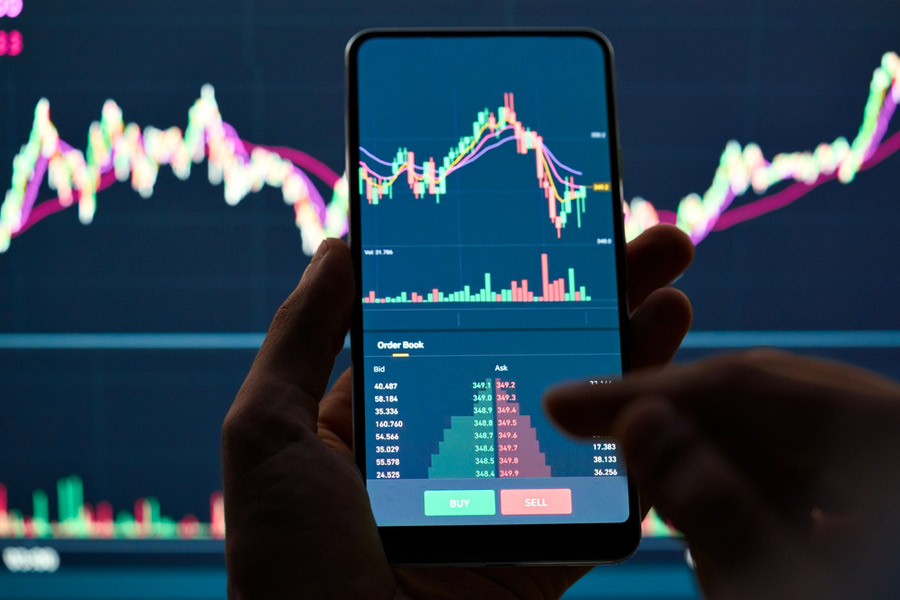
Remember Vitalstatistix? The only thing the leader of the tiny Gaulish village in the Asterix comics was afraid of was the sky falling on his head. How we all laughed at that recurring joke!
Now the joke's on us. If not the sky, a man-made object will soon fall on someone's head. The Chinese spacelab, Tiangong-1, will crash down to Earth soon - we know not when and we know not where. This will not be the first instance when an object humans put in space comes crashing down, Nasa's Skylab and the Russian Salyut have also done the same in the past.
The more missions humans fly into space, the more debris they leave behind. Space debris - also known as space junk, space waste, space trash, space litter or space garbage - is a term for the mass of defunct human-made objects in orbit around Earth, such as old satellites and spent rocket stages. It includes fragments from their disintegration, erosion and collisions.
"The more bits there are, the more they grow in number through mutually destructive collisions," says Mark Bailey, a noted orbital dynamicist who has been on various International Astronomical Union Commissions on small solar system bodies. "Large pieces, such as Tiangong-1 or fragments thereof, always make the headlines because they might partially survive their fall to Earth and possibly land on a populated area, with a tiny risk of hitting someone," he adds.
There are many aspects to the space debris issue but the two main ones bothering scientists is the controlled or uncontrolled re-entry of satellites into the Earth's atmosphere - if they do not burn out on re-entry, they may crash in a populated area, causing injuries - and the constantly accumulating debris in space that will increase the risk for future space missions.
"Their growing numbers and high orbital speeds mean that they can damage or potentially destroy other objects in low-Earth orbits, and so wreak havoc on a burgeoning 'space' economy by interfering with the operation of satellites and manned spacecraft. Whereas we can track the largest pieces of material and might worry about where they could land, the problem of cleaning up Earth's near-space environment will be harder to solve," adds Bailey. As more and more space missions go live, the risk factor of future space missions encountering debris left from a previous mission too go up substantially.
And if that were not enough, there is also the risk from natural space debris such as meteoroids and cosmic dust. Scientists are focusing their efforts to address both these concerns using advanced telescopic observations and theoretical modelling. "Telescopes were monitoring tennis ball size objects in Low Earth Orbits and basketball size in Geo-stationary Orbits," says Dr David Asher, a renowned meteor scientist who is a senior decision maker in the International Meteor Organi-zation. "I think [as a risk factor] natural meteoroids dominate at Geo-stationary orbits and man-made space debris at Low Earth Orbits," he adds.
"Even micron-sized particles with high speeds can induce plasma and create electrical discharges on active satellites and spacecraft, thus posing a severe risk to their functioning. Moreover, centimetre-sized particles can lead to mechanical damage to satellite equipment," says Jeremie Vaubaillon, a top meteoroid dynamicist based at IMCCE, Paris Observatory, France.
A prominent example is the Olympus-1 communication satellite, which was manufactured by British Aerospace and launched in 1989 by the European Space Agency (ESA). It was the largest telecommunication satellite at the time. During the 1993 enhanced Perseids meteor shower, Olympus-1 was impacted by a meteoroid and put out of commission. The imaging satellite Landsat-5 launched by Nasa also lost gyro stability during the Perseids meteor shower in 2009.
To tackle this problem, scientists are working out ways to predict the paths of annual meteor showers so that satellites can be kept out of their way. "Our group does detailed modelling of orbits of established meteoroid streams to find ways to navigate the satellites and space mission safely away from dense clusters of meteoroid particles," says Rachel Soja, a solar system dynamicist based at the University of Stuttgart in Germany.
Their group did similar modelling studies for the famed Rosetta mission (a satellite that landed on a comet for the first time in history) launched by ESA. Because comets are outgassing particles and parent bodies of meteor showers, it is vital to understand the trajectories of their ejected particles. Space agencies collaborate with one another to ensure that any predicted event related to satellite re-entries as well as meteor storms are anticipated and prepared for.
"Comparing and correlating meteoroid orbits to link them with their parent bodies is a huge challenge from an orbital dynamics point of view," remarks Regina Rudawska, a small body expert based at ESA/ESTEC, Netherlands. Scientists are working hard to connect these dots to make the small body population picture neater. Such connections can make the near-Earth dust environment more predictable.
While scientists are working hard to keep us safe from meteoroids, some Japanese firms are designing artificial meteoroids that will behave like spectacular cosmic fireworks on re-entry. Recently, artificial meteoroid WT1190F was deployed and tested. When this industry gains momentum, at some point in the near future, man-made meteors will light up the grand opening ceremonies of events such as the Olympics.
Like most things in life, space debris - natural and artificial - can entertain and kill at the same time. So, who's going to take out the trash? And how?
The writer is an Indian astrophysicist based at CEED, University of Oslo, Norway










